Aluminum corner for tile
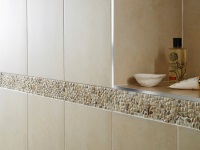
When tiling the room with tile can not do without a number of auxiliary elements. Among them are corners of different purposes. They perform several functions at once: aesthetic, protective, decorative. Depending on the material from which they are made, there are ceramic, metal, aluminum, plastic and other corners.
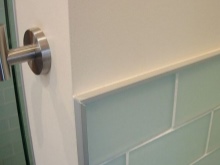
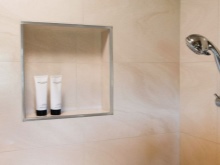
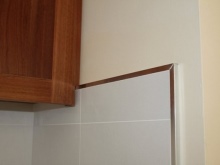
Types of exterior tile corners and features of their application
Aluminum corner refers to the category of rigid profiles. Depending on where corners are used, they are divided into internal or external.
External aluminum corners are used to design walls that meet each other at an angle. If you do not use a corner, the sharpened ends of the tiles, which form a ledge, can create a risk of injury to humans.
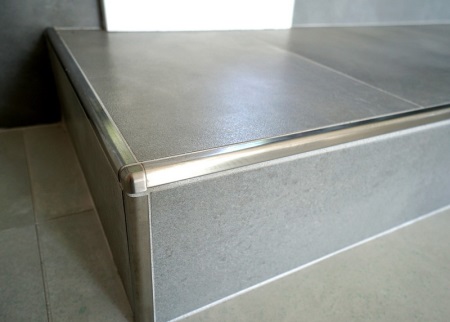
Interior Corner designed to design the internal joints of tiled surfaces. Such a corner has a slightly concave shape. The main task of the inner corner is to protect the surface from moisture and the appearance of mold and mildew.
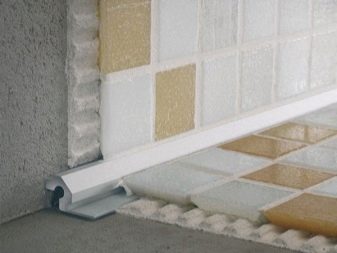
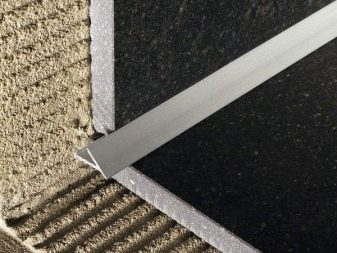
Aluminum corner, painted in the tone of the tiles or some contrasting color, can serve as an excellent decorative element for the interior.
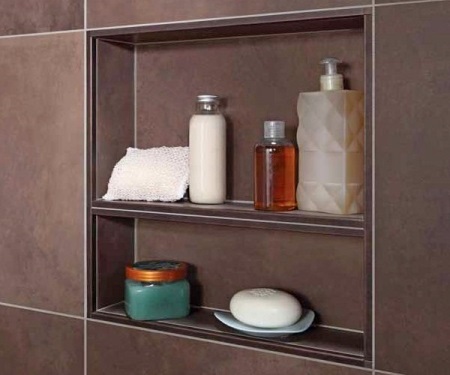
Using an exterior corner is a great way out of a situation where you need to make a wall ledge undercut at some angle with a tile. It is almost impossible to do it perfectly even and very time consuming. Corner will allow to solve this problem with ease.
Finally, it allows you to hide small chips, roughness or irregularities occurred when installing tiles.
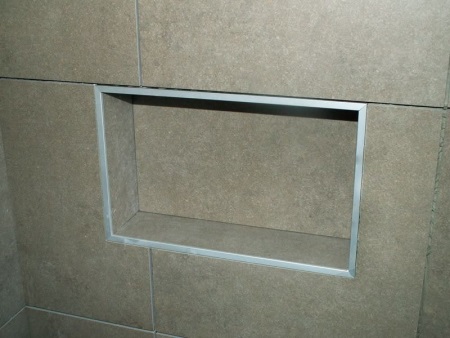
Corners can be made of aluminum, stainless steel, ceramic and other materials. What is the best to choose - it is necessary to decide in each case. Each material has its own advantages.
The advantages of aluminum include:
- the lightness of the material;
- high strength;
- resistance to corrosion;
- durability.
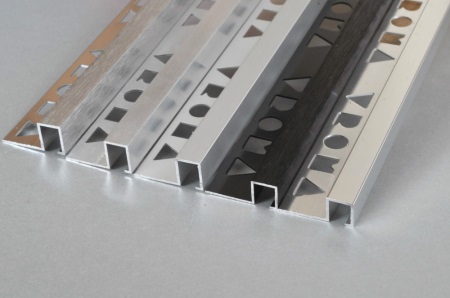
An alternative to the aluminum angle are profiles made of ceramic or plastic, such as. Although these materials, in addition to their advantages (external aesthetics, durability) have a number of drawbacks. For example, ceramic is a rather fragile material, and the plastic corner is not durable.
Angles are installed directly during the laying of the tile cloth. Their installation does not require any additional fasteners, because the profiles are held by the adhesive composition and under the weight of the neighboring tiles.
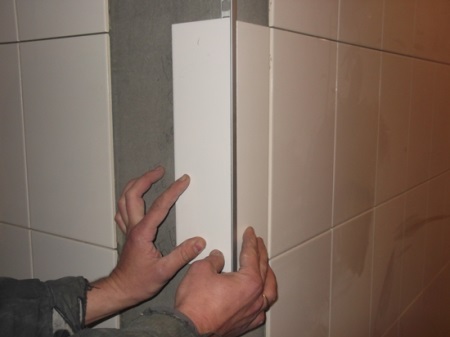
In addition to external and internal angle, there are less common uses for aluminum profile. This corner for tiling steps, thresholds, joints between surfaces made of different textures of materials, etc.
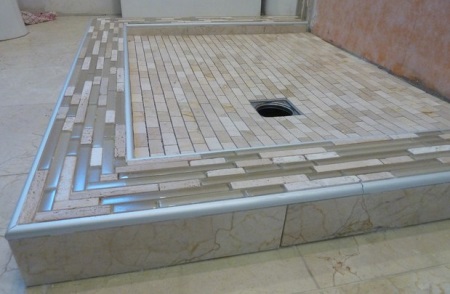
How to install the aluminum corner under the tile
Usually, the outer corner is installed when one of the walls has been tiled. Then, before finishing the second wall install the corner. Profile width must match the size of the tile, otherwise the corner will hang too freely or the tile simply will not fit into the slot allocated for it.
The corner piece should be installed flat and tight to give maximum perpendicularity to the row of tiles. All cracks and joints must be filled with tile adhesive.
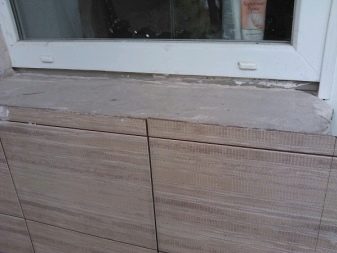

Before tiling door or window openings, you must first trim the corners. This point should be approached as carefully and accurately as possible, otherwise cracks or gaps may arise, and the corners will not lie perpendicular to each other evenly, without bends. To trim the corner, use a grinder or metal blade.
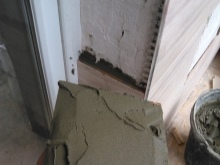
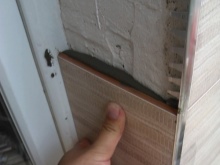
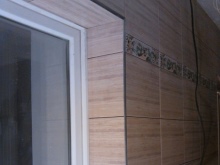
If, after some time of operation, the corner needs to be replaced, it can be dismantled. Although, of course, it is undesirable. To do this, it is necessary to cut the old profile very carefully, without damaging the tiled surface. Then take a new corner, if necessary, trim it in advance and prepare a place for it, without affecting the space under the tile itself. Then the corner is simply glued on liquid nails or silicone sealant.
Internal corners are used much less often than external, because on the aesthetic beauty they have almost no effect. Installation of such a corner does not differ from the laying of the outer profile. Corner can be glued on silicone sealant or tile adhesive.
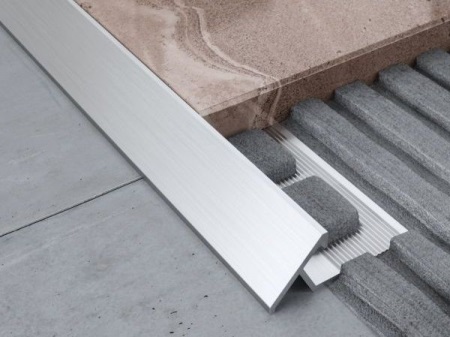
Before grouting the seams of the tiles, it is necessary to clean the joints of the tiles and corners from the remains of glue.
Tips on choice
- To ensure that after laying the tiles turned out a smooth, beautiful, smooth surface, it is necessary to take a very careful approach to the choice of necessary materials, including, and corners.
- When buying the corners, it is better to take them with a small margin, relative to the calculated amount. Stock required for trimming.
- The size of the corner must exactly match the height of the tiles.
- When choosing a molding from a certain supplier, it is worthwhile to read beforehand the reviews of buyers who have already managed to assess these products from different points of view (how the corner behaves during installation, operation, its physical and mechanical characteristics, etc.).
- When buying components, it is always worth checking the documents confirming the high quality of the product.
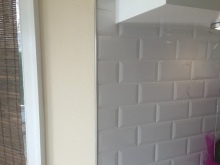
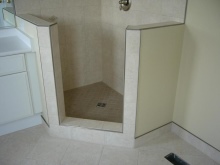
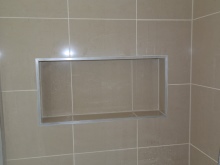
For more information on the installation of the corner, see the following video.




